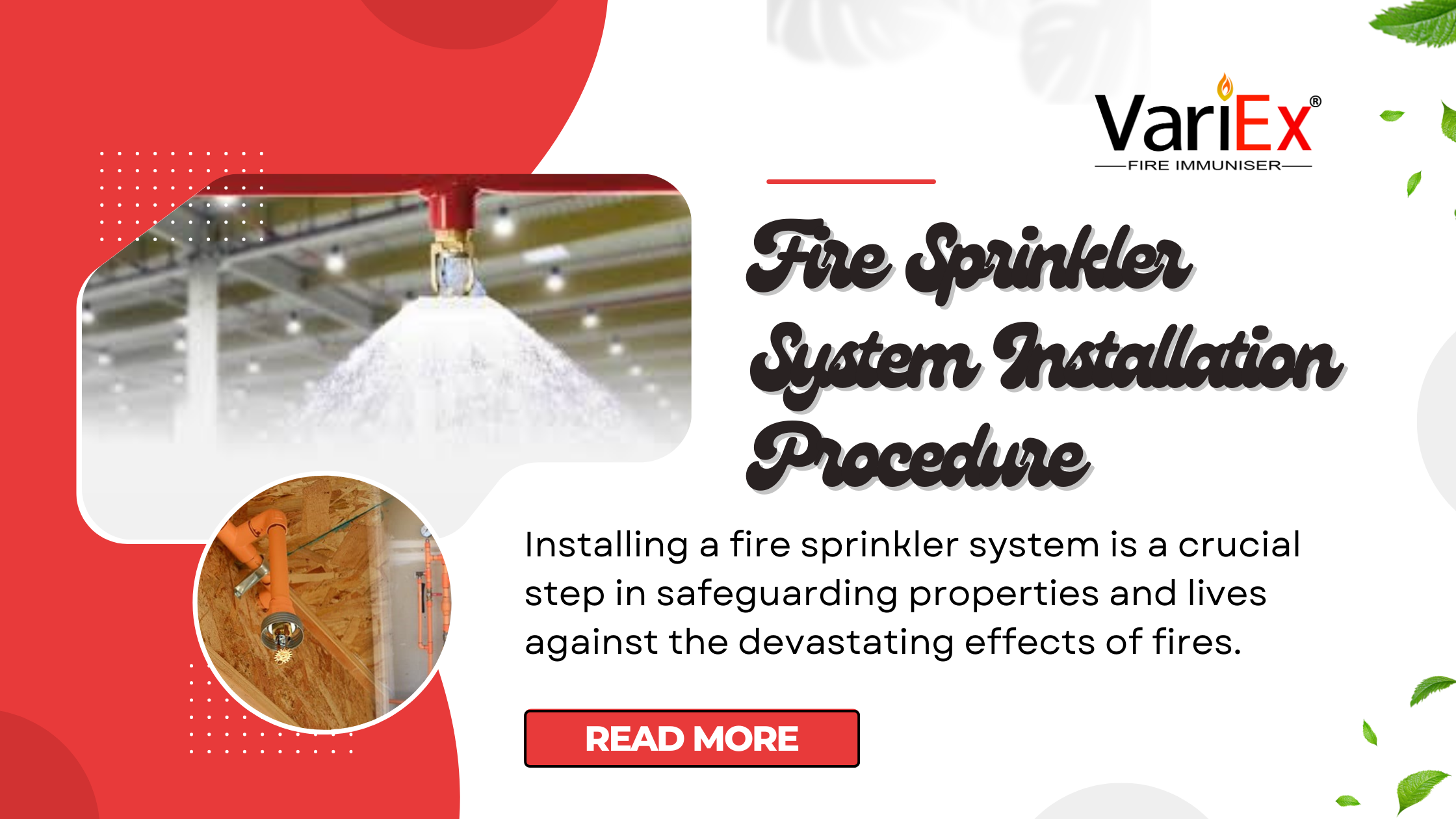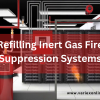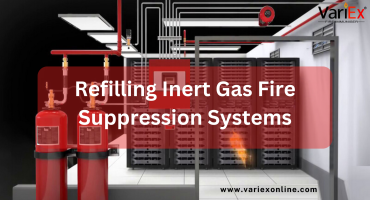![]()
Fire Immuniser
+91-7829629111
Email: info@variex.in
Varistor Technologies Pvt. Ltd.
Block-1, First Floor, Ardente Office One, Hoodi Circle, ITPL Main Road, Bengaluru, Karnataka 560048, IN
Fire Sprinkler System Installation Procedure
Frequently Asked Questions
Fire sprinkler systems are highly effective in suppressing fires, protecting lives, and minimizing property damage. They are often required by building codes and regulations to enhance fire safety.
Fire sprinkler systems are typically required in commercial buildings, multi-family residential buildings, industrial facilities, and high-rise structures. They can also be installed in single-family homes for added safety.
The cost of installing a fire sprinkler system varies based on factors such as building size, design complexity, and system type. Costs can range from a few dollars per square foot to several dollars per square foot.
Yes, fire sprinkler systems require regular maintenance to ensure proper operation. Maintenance tasks include inspections, testing, and servicing of system components to comply with manufacturer recommendations and regulations.
Fire sprinkler system installation requires specialized knowledge and expertise. It's recommended to hire qualified professionals such as fire protection engineers or certified contractors to design and install the system according to industry standards.
Final Say
At VariEx.in and VariexOnline.com, we specialize in supplying and installing top-quality fire fighting systems and equipment. From fire extinguishers to advanced suppression systems, we offer comprehensive solutions tailored to your needs. Our experienced team ensures precise installation and maintenance for optimal safety.
Trust VariEx for reliable fire protection. Contact us online or call 7829629111 to learn more.










